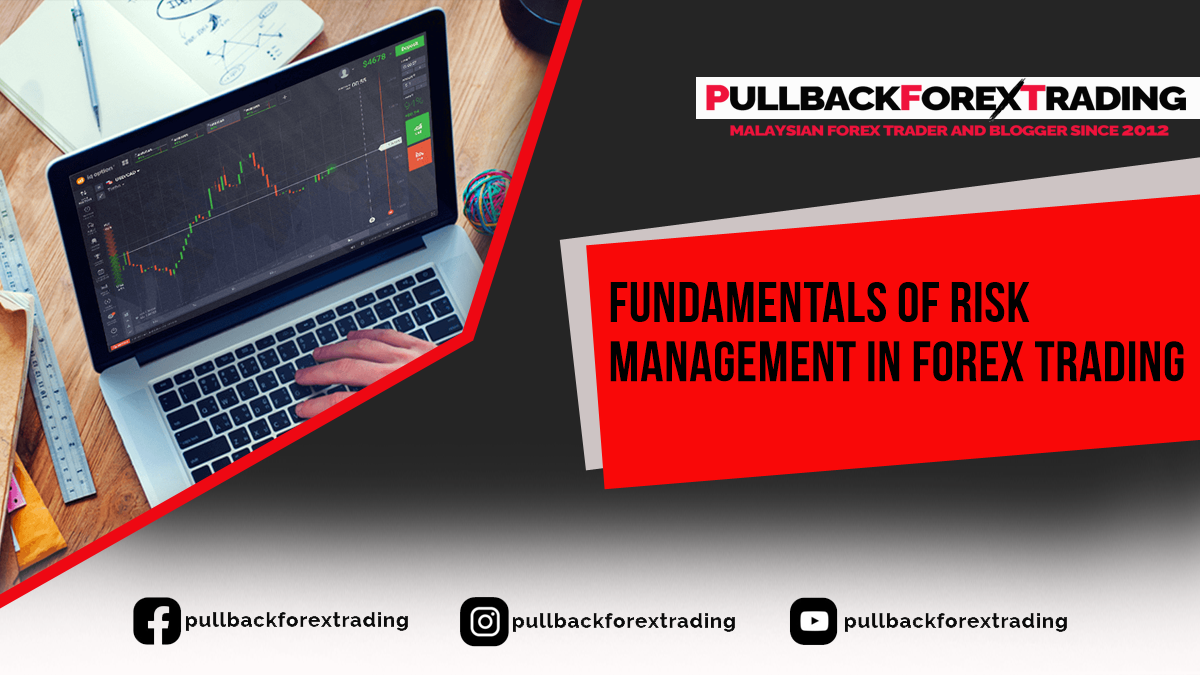
THE FUNDAMENTALS OF RISK MANAGEMENT IN FOREX TRADING
Introduction to Risk Management: Why It Is Essential for Forex Traders
Risk management is the cornerstone of successful forex trading. While the potential for high returns can be enticing, the forex market is also fraught with risks. Effective risk management helps traders protect their capital, maintain consistent performance, and avoid catastrophic losses. Without a sound risk management strategy, even the most well-researched trades can result in significant financial setbacks.
Dapatkan update lebih cepat dan pantas melalui telegram kami.
Understanding Risk and Reward: The Risk/Reward Ratio and Its Importance
In forex trading, understanding the relationship between risk and reward is crucial. The risk/reward ratio is a metric that helps traders evaluate the potential profit of a trade relative to its potential loss. For example, a risk/reward ratio of 1:3 means that for every dollar risked, there is a potential reward of three dollars.
Key Points:
- Calculating the Ratio: To calculate the risk/reward ratio, divide the potential profit by the potential loss.
- Setting Targets: Establish clear profit targets and stop-loss levels to ensure a balanced risk/reward ratio.
- Consistency: Maintaining a favorable risk/reward ratio across all trades can lead to long-term profitability.
Types of Risk in Forex Trading
Forex trading involves various types of risks that traders need to understand and manage. These risks can affect trading outcomes significantly, and being aware of them is the first step towards mitigating their impact.
Market Risk
Market risk, also known as systematic risk, refers to the possibility of losses due to adverse movements in market prices. Currency prices can be influenced by a variety of factors, including economic data releases, geopolitical events, and market sentiment.
Leverage Risk
Leverage allows traders to control large positions with a relatively small amount of capital. While leverage can amplify profits, it can also magnify losses. Understanding how to use leverage responsibly is critical to managing leverage risk.
Liquidity Risk
Liquidity risk arises when a trader is unable to enter or exit positions at their desired price due to a lack of market participants. This can result in slippage, where trades are executed at a different price than expected, potentially leading to larger losses.
Setting Realistic Goals: Aligning Risk Management with Trading Goals
Setting realistic trading goals is an essential aspect of effective risk management. Goals should be achievable and aligned with your overall trading strategy and risk tolerance.
Key Points:
- Define Objectives: Clearly define what you want to achieve with your trading, whether it’s generating a specific return or preserving capital.
- Assess Risk Tolerance: Understand your risk tolerance and ensure your trading goals are aligned with it. Overestimating your risk tolerance can lead to undue stress and poor decision-making.
- Create a Plan: Develop a trading plan that outlines your risk management strategy, including position sizing, stop-loss levels, and profit targets.
Conclusion
Risk management is an indispensable part of forex trading. By understanding the fundamentals of risk management, such as the risk/reward ratio, the different types of risk, and the importance of setting realistic goals, traders can protect their capital and improve their chances of long-term success. Incorporating these principles into your trading strategy will help you navigate the volatile forex market with greater confidence and control.
ADMIN
02/09/24



